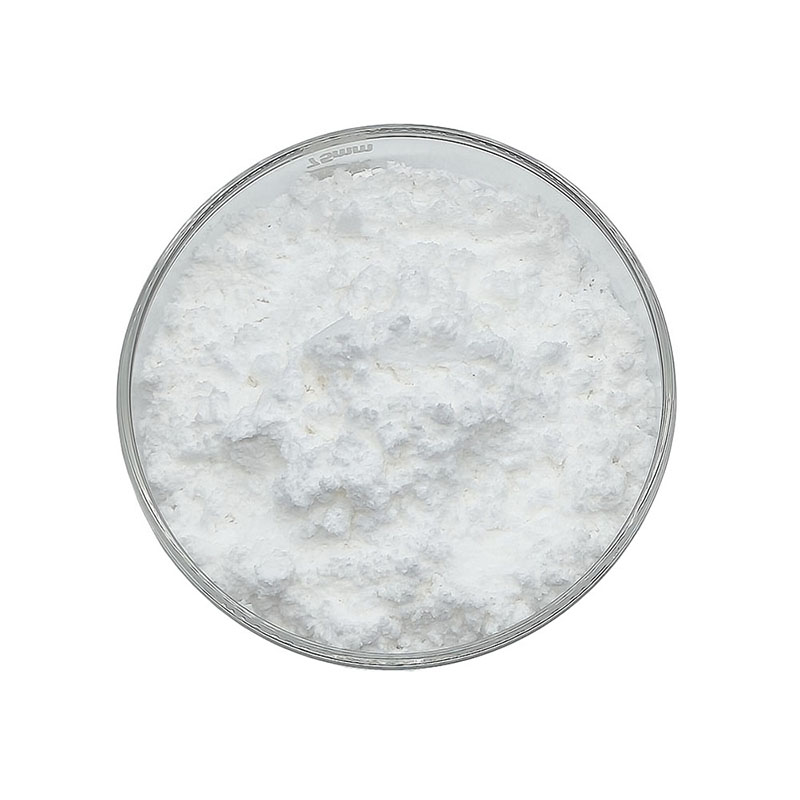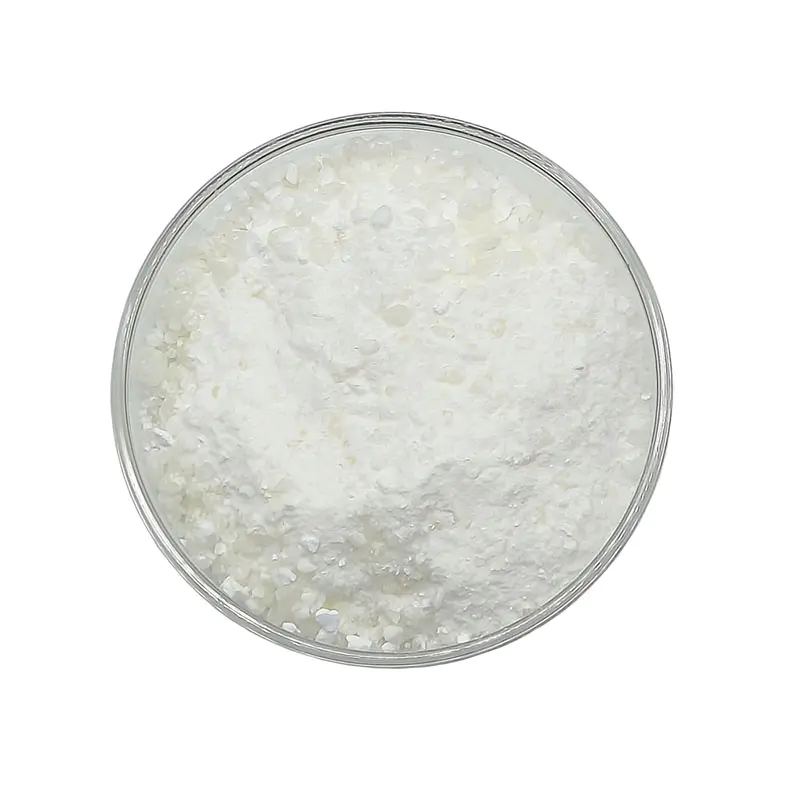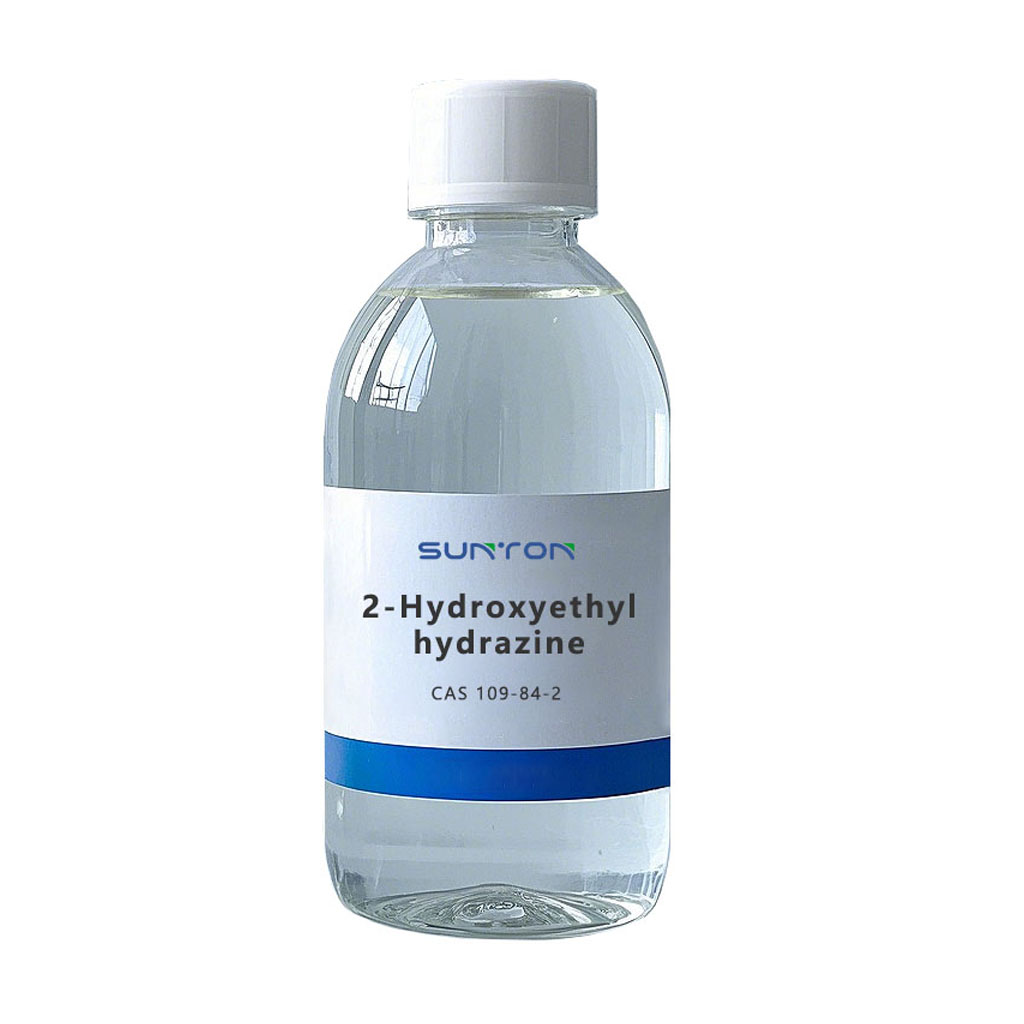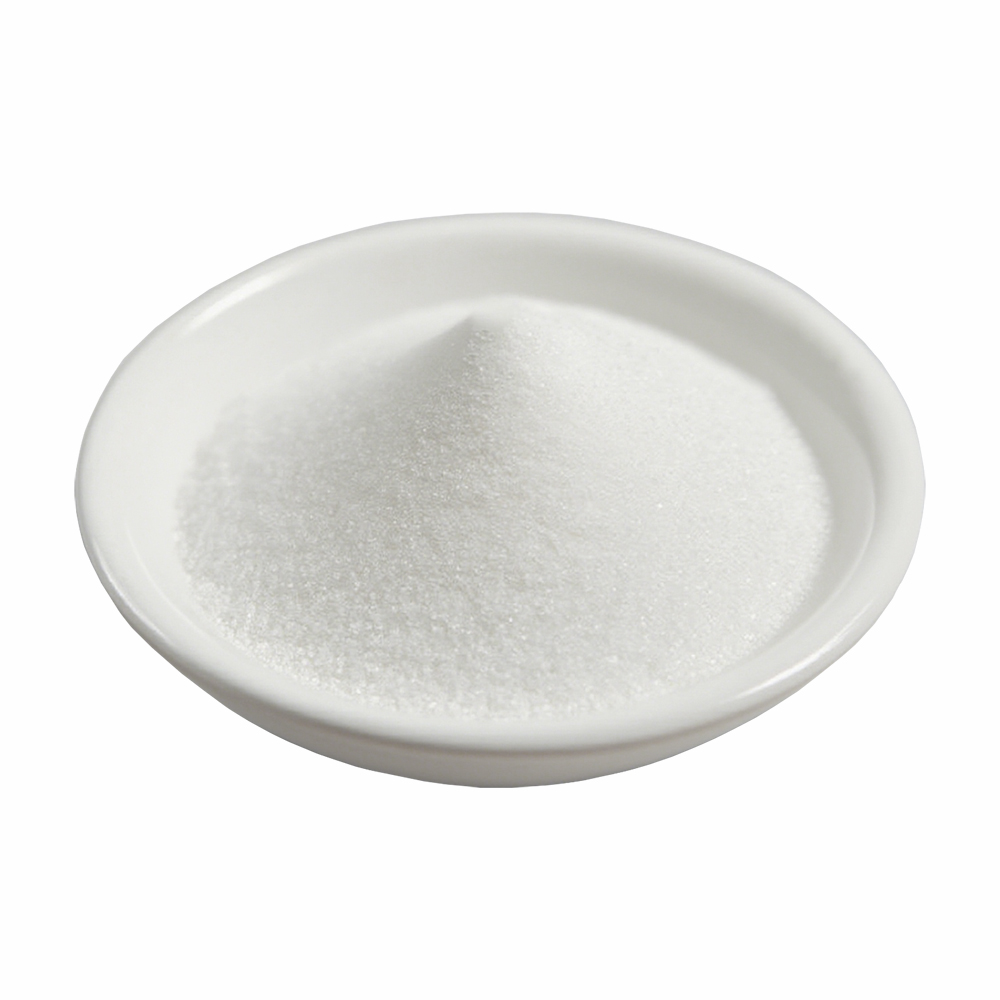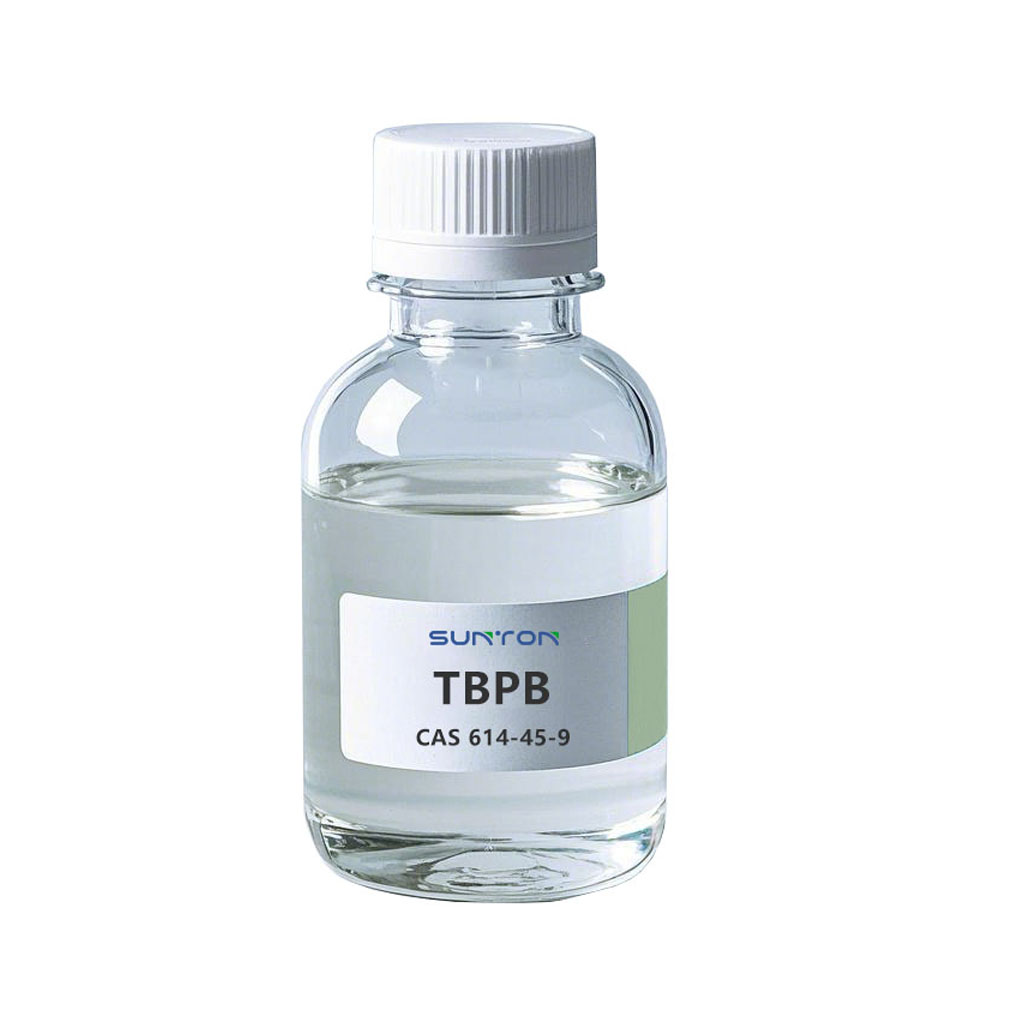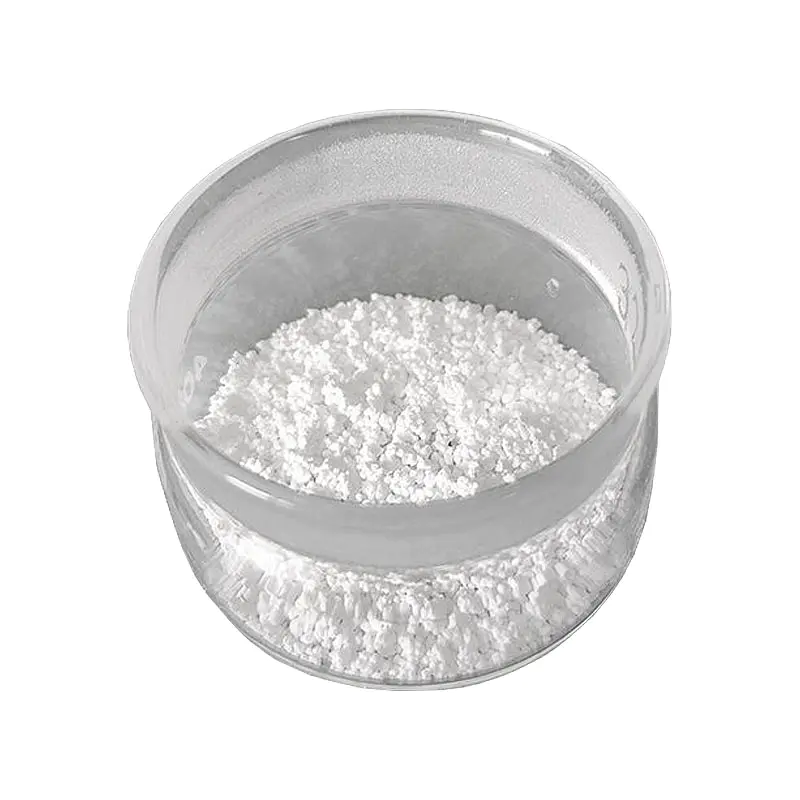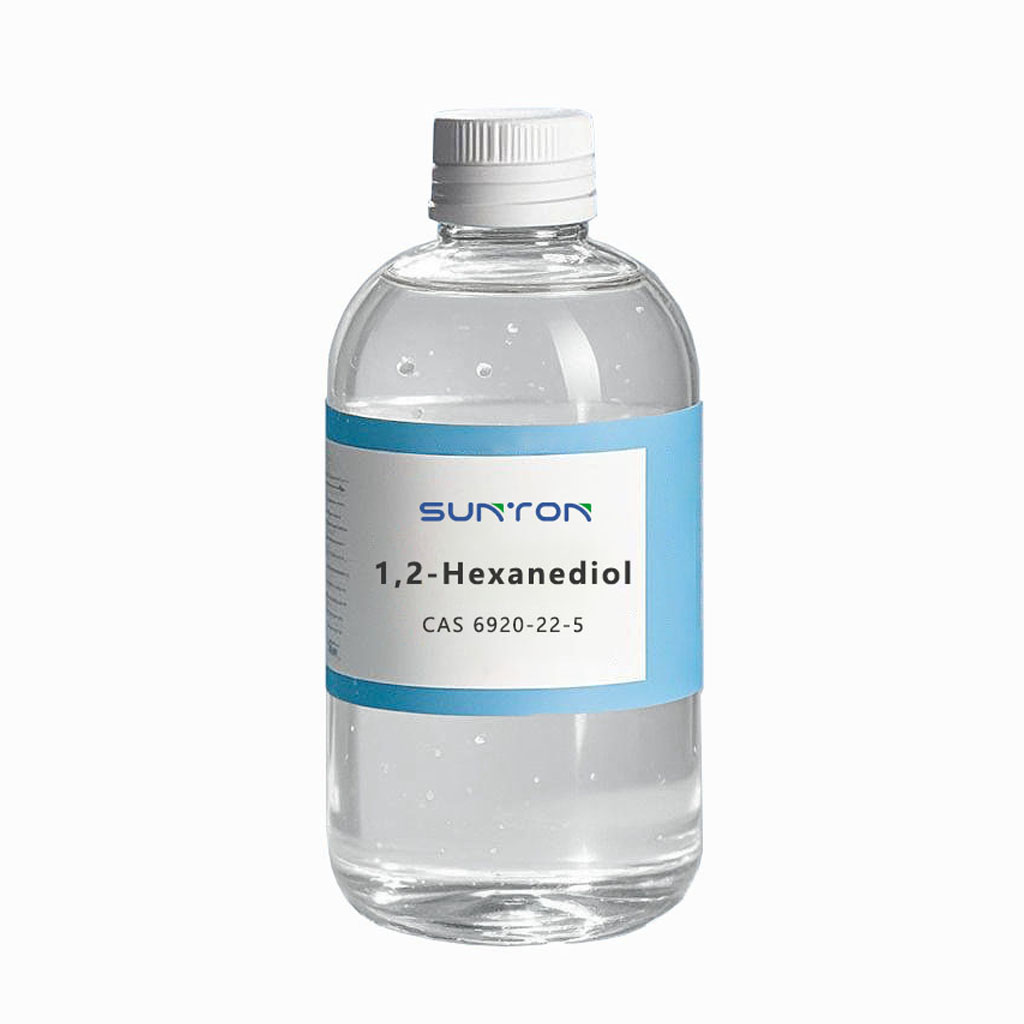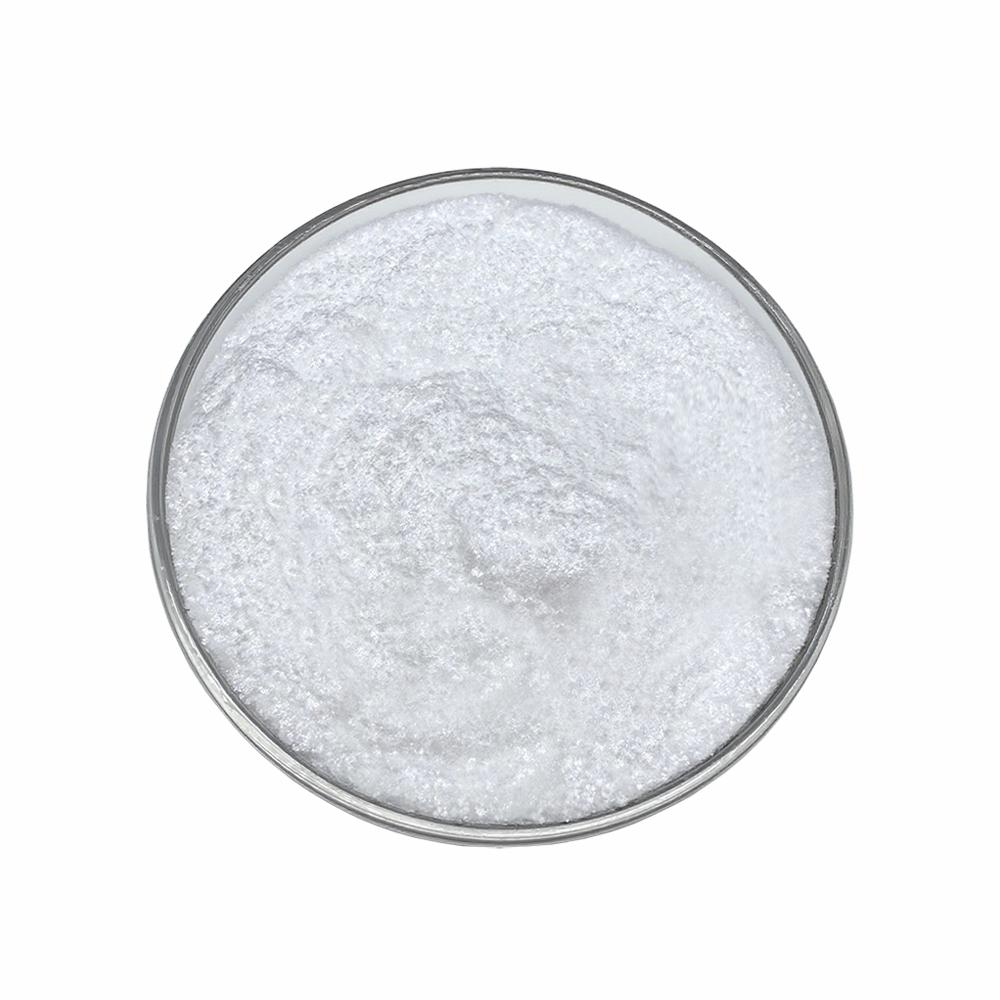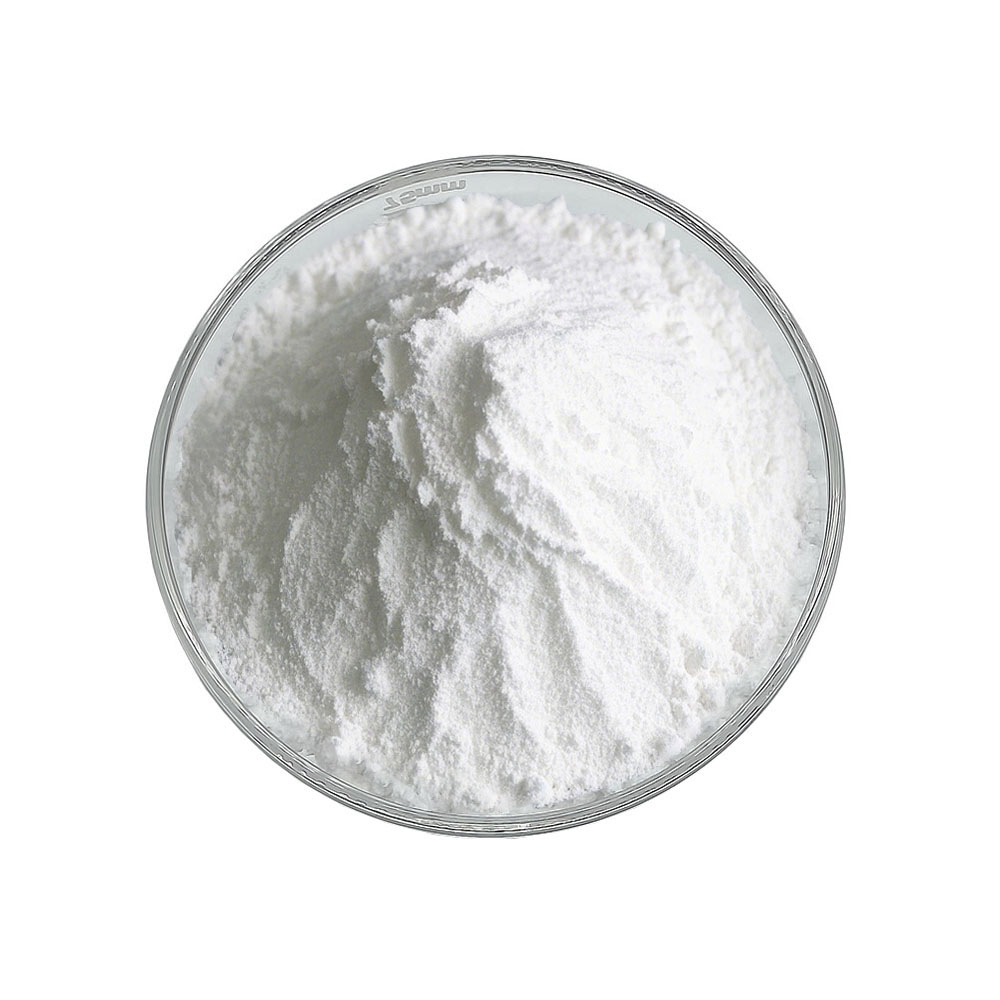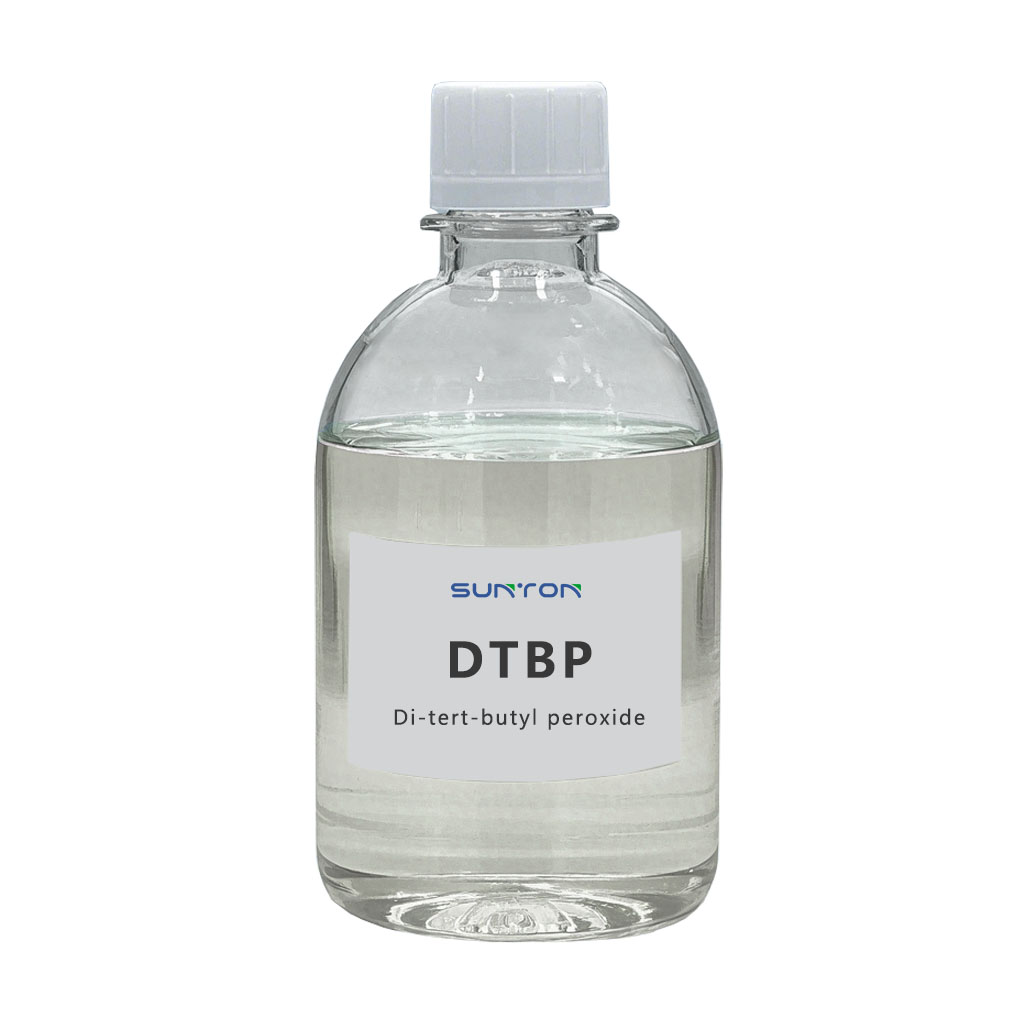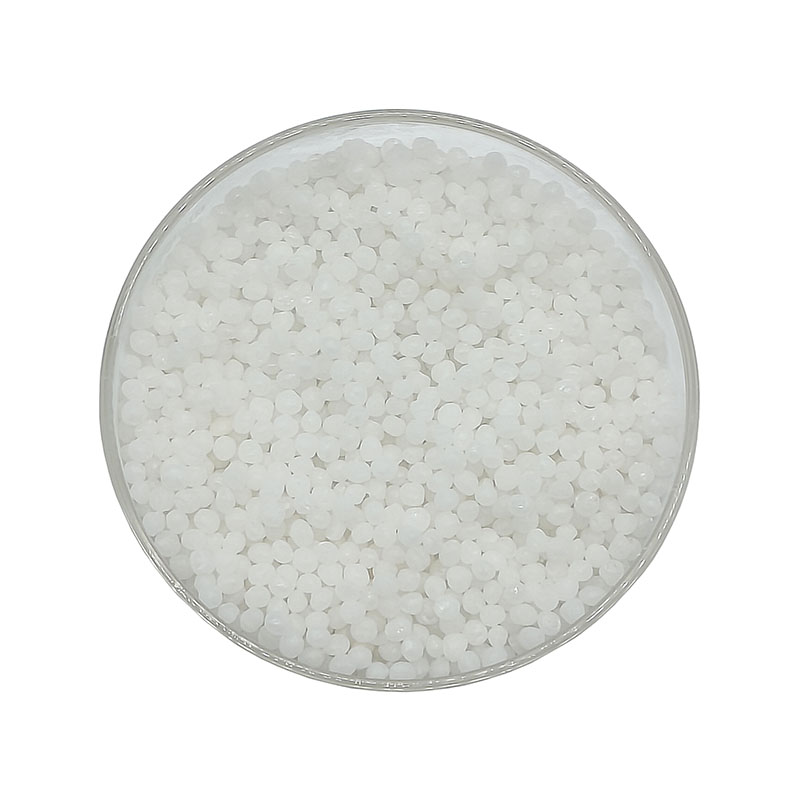Search By Posts
Product Category
Industry News
 By Admin
By Admin
How Is Permanent Antistatic Agent Shaping Future Applications?
Rising Demand for Antistatic Solutions
In the global material science sector, the role of antistatic agent has shifted from being a supplementary additive to a critical functional component. With the growing complexity of polymer applications, packaging materials, electronic components, and textiles, the requirement for effective antistatic solutions has significantly intensified. Among the various features, the permanency of antistatic performance has become one of the most discussed topics in both research and industrial applications.
The Core Feature: Permanency in Antistatic Agent
Traditionally, many antistatic additives are temporary, relying on surface migration or environmental humidity to deliver short-term static reduction. However, these methods often fail in low-humidity conditions or after repeated usage. Permanent antistatic agent, by contrast, integrates with the base material at the molecular level, ensuring long-lasting conductivity and stable static control. This shift from temporary to permanent solutions reflects the industry’s push for reliability and durability.
Structural Mechanism Behind Permanency
The mechanism of permanent antistatic agent lies in its structural compatibility with polymers and textiles. Instead of forming a superficial layer, it becomes an intrinsic part of the material matrix. This structural integration enables consistent conductivity pathways, which are not easily diminished by environmental changes such as temperature, humidity, or abrasion. As a result, industries demanding constant antistatic properties—such as electronics manufacturing or cleanroom materials—have prioritized permanent solutions.
Comparative Overview of Antistatic Agent Types
The variety of antistatic agent categories demonstrates the broad scope of applications across industries. The table below summarizes key types, focusing on their permanency and application fields.
| Type of Antistatic Agent | Permanency Level | Common Applications | Key Advantages |
|---|---|---|---|
| Antistatic additive | Temporary | Packaging films, disposable plastics | Cost-effective, fast-acting |
| Antistatic coating | Semi-permanent | Electronic components, automotive parts | Easy to apply, adaptable to different surfaces |
| Antistatic masterbatch | Semi-permanent | Polypropylene, polyethylene products | Good dispersion, scalable in production |
| Permanent antistatic agent | Long-term | Polymers, textiles, cleanroom materials | Stable, humidity-independent, durable |
Relevance Across Industrial Sectors
- Plastics and Polymers: Permanent antistatic agent for plastics ensures consistent static reduction in packaging, films, and engineering resins, overcoming the limitations of humidity-based additives.
- Textiles: Antistatic agent for textiles not only improves user comfort but also prevents dust accumulation and enhances fabric longevity.
- Electronics: Antistatic coating for electronic components protects delicate devices from electrostatic discharge damage, where permanent solutions are often preferred.
- Packaging Industry: Water-based antistatic agent for packaging provides an eco-friendly option with growing relevance in sustainable material development.
Shift Toward Sustainable Antistatic Solutions
The sustainability trend has also impacted the development of antistatic agent. Biodegradable antistatic agent for sustainable materials is gaining momentum, as industries seek to balance functional performance with environmental responsibility. Permanent structures, when combined with eco-friendly chemistry, enable long-term functionality while reducing environmental footprint.
Performance Consistency in Critical Conditions
The importance of permanent antistatic agent becomes most evident under extreme or sensitive conditions. In cleanroom environments, where dust prevention is critical, or in low-humidity climates, where traditional solutions fail, permanency guarantees reliable conductivity. Similarly, in automotive interiors, low-resistance antistatic agent ensures both safety and material performance over extended product lifecycles.
Technical Advantages Driving Market Adoption
The increasing use of polymer antistatic agent reflects technical progress in formulation. By embedding conductive pathways directly into polymer structures, these agents provide:
- Humidity independence: Stable performance regardless of environmental factors.
- Abrasion resistance: Antistatic function remains intact after repeated handling.
- Compatibility: Adaptable to different resins and fiber systems.
- Durability: Long-term static control without surface depletion.
These characteristics position permanent solutions as a superior alternative to conventional additives or coatings.
Antistatic Agent in Next-Generation Applications
Emerging industries such as flexible electronics, smart textiles, and advanced packaging demand materials with integrated, multifunctional properties. Conductive antistatic agent for films, for example, supports the growing trend of interactive packaging and printed electronics. Similarly, antistatic finishing agent for fabrics is being adopted in technical textiles, where durability and performance are equally critical.
Outlook for Industry Growth
The future trajectory of the antistatic agent market is expected to be shaped by three forces:
- Technical innovation: Development of advanced permanent structures with improved compatibility.
- Sustainability pressure: Growth of eco-friendly and biodegradable solutions.
- Application expansion: Rising use in packaging, automotive, healthcare, and electronics.
As permanency continues to emerge as the defining feature of modern antistatic agent, the industry is moving toward solutions that deliver not only performance but also reliability across product lifecycles.



 English
English 中文简体
中文简体
